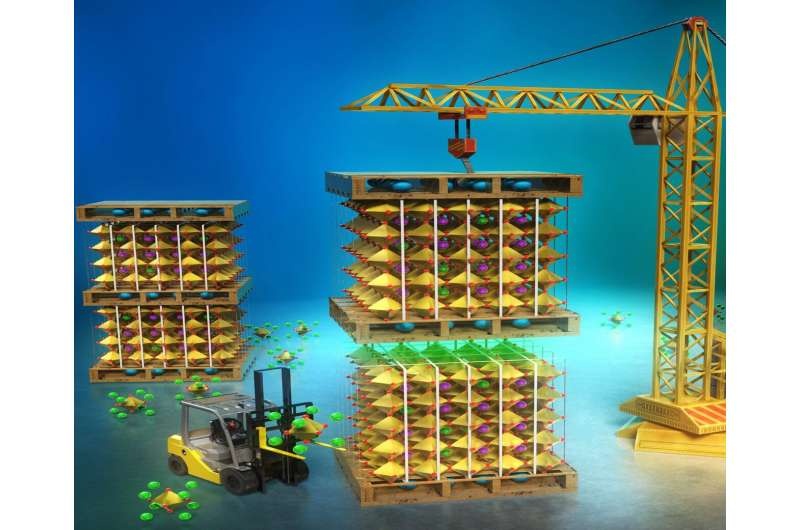A team of researchers at Nagoya University in Japan has developed a strategy to create 4- and 5-layered perovskite-stabilized cell phases with ferroelectric properties. What they discovered is an unconventional behavior in which the ferroelectric mechanisms switch based on the number of layers, providing new paths for a future generation of electronic devices.

Unveiling the Mysteries of Perovskite Structures
Perovskites are a class of materials; they have lots of interesting electronic properties, and this unique crystal structure. Ferroelectricity is a state that can be readily switched by the influence of an external electric field, turning on and off electrical polarization.
This particular property has been attracting researchers to use perovskites in memory, capacitors, actuators and sensor applications where switching between on and off states are vital. In addition to additional functionalities, new compositions and structures and development of lead-free ferroelectrics are pursued to push their limits as well as increase environmental concerns.
In this regard, the most relevant area of research is that concerning the Dion-Jacobson (DJ) family. This demonstrates anomalous ferroelectric properties arising from the layered octahedral structure of these materials, which confers asymmetrical layers. Hence, when an external field is applied, a huge redistribution of ions – both positive and negative is possible due to the asymmetric structure causing these octahedra to tilt and/or rotate involving size mismatches. This in plane twisting results in a lowering of the symmetry of the material and hence helps to enhance its ferroelectric nature.
A Groundbreaking Synthesis Method: Unlocking the Secrets of Multilayered Perovskites
Led by the Institute of Materials and Systems for Sustainability (IMaSS) at Nagoya University, researchers have developed a template synthesis method that addresses some of these issues presented by the thermodynamic instability in multilayered perovskites.
So far, the decrease in thermodynamic stability with increasing thickness of the perovskite layers had been frustrating the progress made by these materials. On the other hand, template synthesis method which fabricates multilayer structures by stacking perovskite layers one after the other aligning their octahedra like building blocks.
The number of layers (n) can be mechanically increased by one layer in the template synthesis method, which uses a three layer system as a starting material when it reacts with SrTiO3,” says lead author Minoru Osada. The perovskite layers can be controlled at a digital level, thus the multilayer structure synthesis is possible due to repeating this performance.
This new method has allowed researchers to fabricate the first four and five-layered perovskites which paves the way for exciting avenues in ferroelectric material research.
Conclusion
This discovery by the Nagoya University researchers demonstrated a new and unique capability of layered perovskites in changing their ferroelectric mechanisms, simply by controlling the number of layers. Not only does this discovery broaden the ferroelectric material space far beyond what is thermodynamically stable, but it also opens up some design principles for new materials and functions that have been inaccessible so far. Together, the range of properties in these multilayered perovskites promises to greatly speed up applications and push state-of-the-art electronic devices in countless new directions across many different industries.
